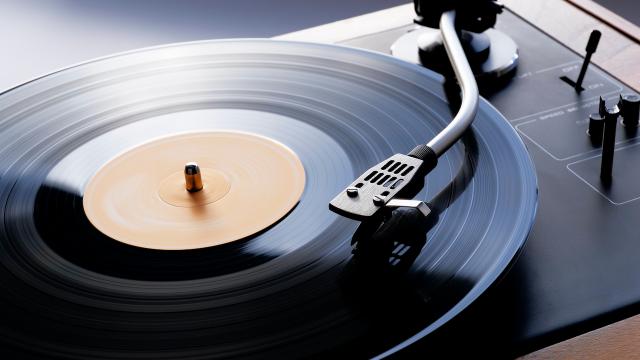While our smartphones have put the entire history of music into the palm of our hands, sometimes you can’t beat listening to your favourite album on a record player. There’s just some special and more intimate about placing the vinyl on the platter, dropping the needle and playing through every track, uninterrupted.
In the age of digital streaming, vinyl has made a comeback. Over the last decade, we’ve seen a steady revival of the physical medium, which managed to hit a major high recently when records outsold CDs in the United States for the first time since the 1980s. The upside of this boom is that it’s never been easier to find your favourite albums on wax.
There’s never been a better time to make the dive into the world of record players and vinyl. However, not all turntables are made equal and it’s all too easy to sacrifice quality and durability for a cheaper price tag. This is everything you need to know when it comes to buying and maintaining a record player.
The different kinds of record players
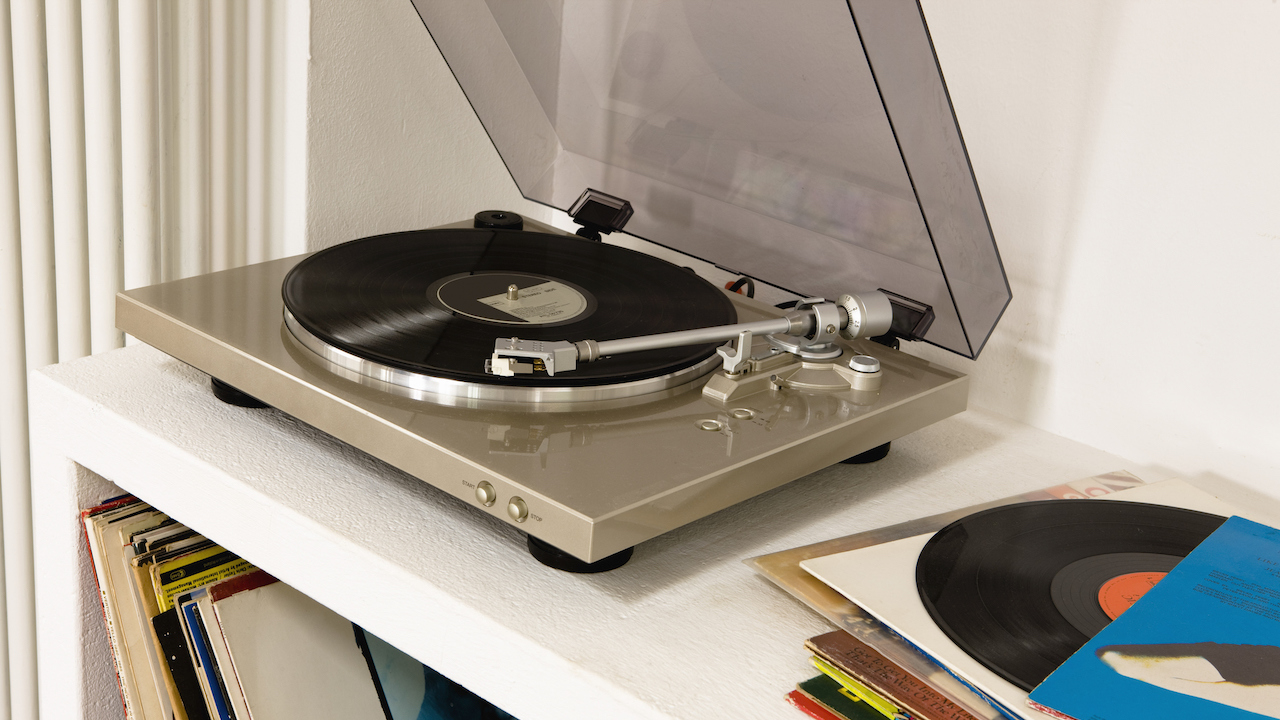
Automatic players will raise and lower the turntable’s tonearm – both when you start playing the album and once it reaches the end. Semi-automatic players will require you to place the stylus down manually, but will automatically lift the needle once the album has finished.
Manual players are, well, manual. You’ll need to gently place the needle onto the record to start playing it, which can be a problem depending on how steady your hand is. You’ll also need to lift the needle up once the record ends.
If this is your first time with a turntable, an automatic player is probably your best bet. That way you won’t have to worry about potentially damaging the vinyl or the needle because you didn’t place the record player’s tonearm down perfectly.
You also need to consider what kind of drive the record player will use – is it a belt drive or direct? The former uses an offset motor that connects to the platter (what you put the record on) via a belt to create the necessary motion to spin your records, while the latter uses a motor that connects directly to the platter.
Record players that use belt drives are usually much cheaper than direct drives, but they take a minute for the platter to hit the desired speed. Belt drives can also slip or wear down over time, which will affect playback.
While direct drives are more robust, since they’re attached directly to the motor it’s not uncommon for vibrations to travel through the platter into the needle, slightly distorting the sound.
Which record players are the best to start out with?
Vinyl can be an expensive hobby – both in terms of collecting individual records and your general audio setup. And for better or worse, you get what you pay for. So if you’re not willing to spend the money, you might be better off sticking with a Spotify subscription.
As a rule of thumb, unless something is on sale, we recommend avoiding most record players under $200. While you can easily pick up a record player for $100 or less from most electronic and audio retailers, it isn’t worth it.
While you’ll be saving yourself a few dollars when you buy one of these record players, you’ll be sacrificing audio quality and running the risk of your vinyl being ruined by the cheap parts. For example, all of those plastic suitcase players with built-in speakers with very cheap needles.
Audio Technica AT-LP60XBT Turntable
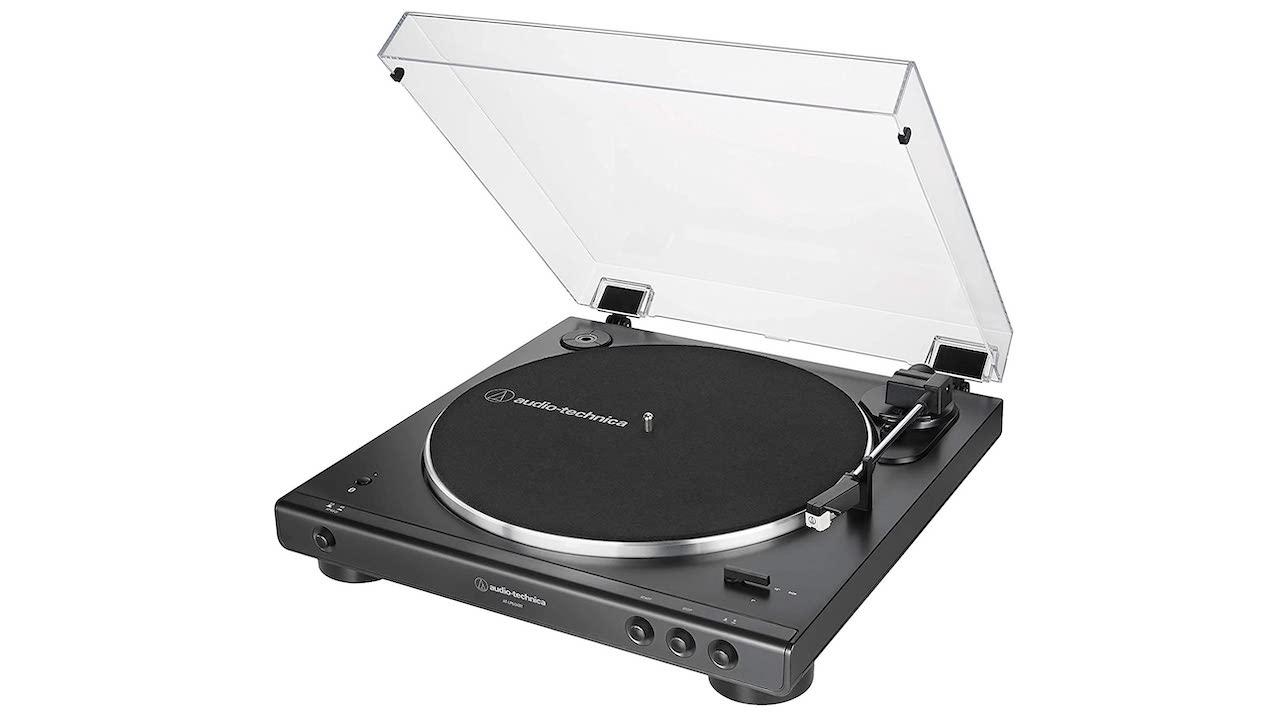
Audio Technica’s AT-LP60XBT is a great beginner’s record player. It’s fully automatic and belt-driven, with the option to play at two speeds – 33 1/3 and 45 RPM.
This Audio Technica turntable has a pre-amp built into it, so you can plug the RCA output cables directly into any receiver, amplifier or speaker. It also has Bluetooth support, giving you the option of hooking it up to speakers that aren’t tethered to a singular location by its cables.
Where to buy the Audio Technica AT-LP60XBT Turntable:
Amazon Australia ($359.99) | Bing Lee ($295) | eBay ($249) | The Good Guys ($389)
Sony PS-LX310BT Belt Drive Turntable
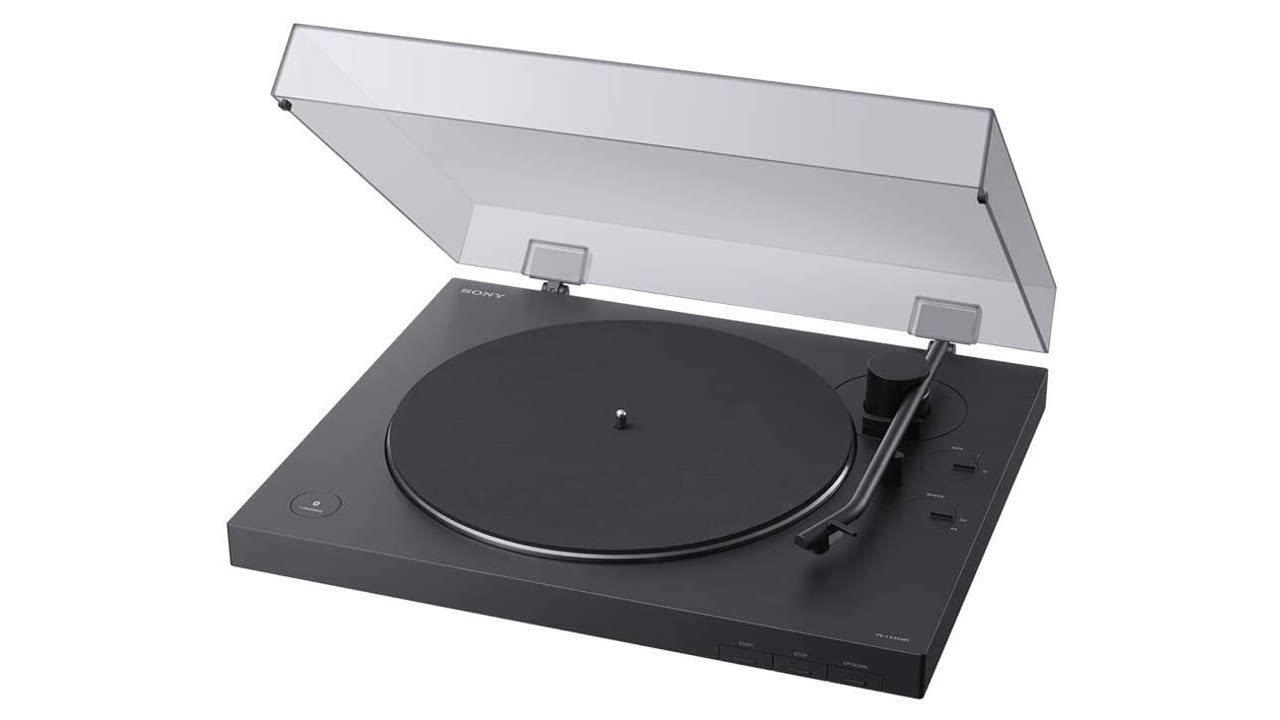
Sony’s PS-LX310BT is another solid belt-driven, automatic record player for beginners. As far as home audio brands go, Sony is one of the more respected names in the game and this turntable is no exception. Like the other record players listed here, it has a phono pre-amp built-in, so setting it up is a breeze.
If aesthetics are your vibe, the LX310 has a cool, minimalist design. You can pair this Sony turntable with Bluetooth speakers or headphones, and it can maintain a strong, consistent connection. So if you’ve already got a decent home theatre set up you can make good use of it.
Where to buy the Sony PS-LX310BT Belt Drive Turntable:
Amazon Australia ($388) | Bing Lee ($388) | Sony ($388)
Yamaha TT-S303 Turntable
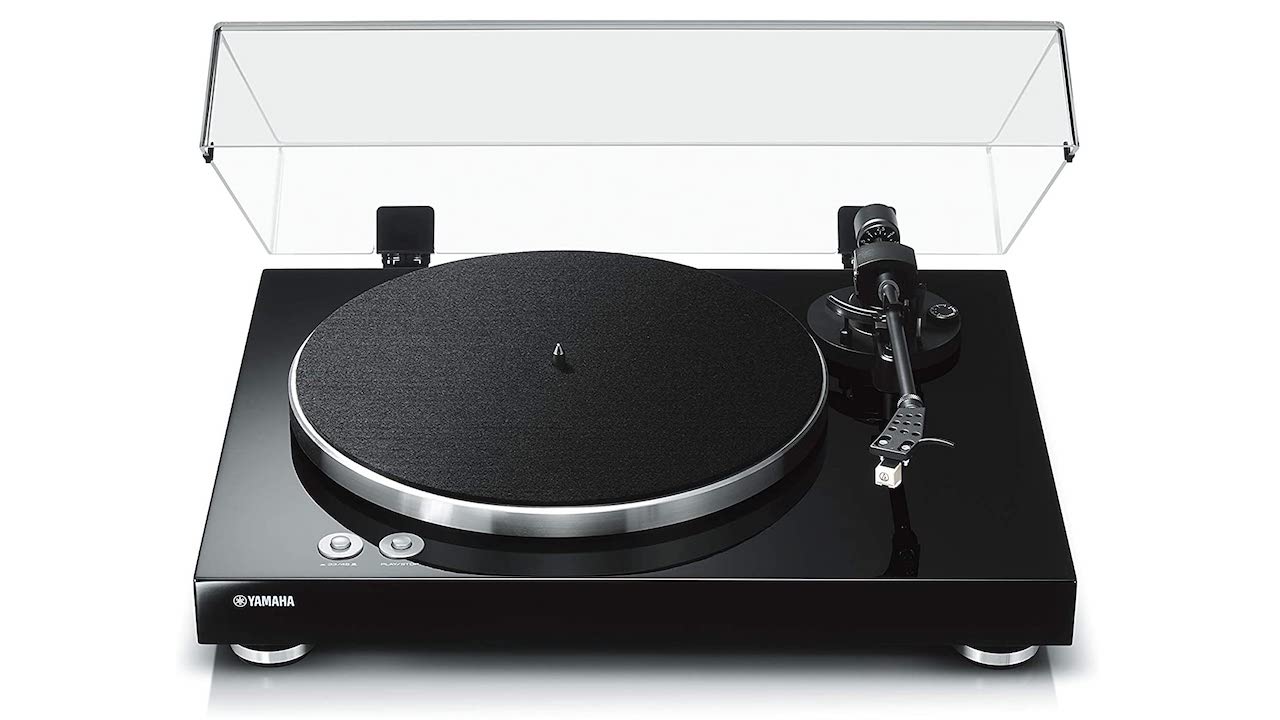
While it’s a bit more expensive than the other recommend record players here, Yamaha’s TT-S303 turntable is a good beginner’s pick too. This belt-driven player comes with a pre-amp built into it, so you can plug it straight into an amp without a phono stage or active speakers. It’s a manual turntable, so you’ll need a steady hand when popping down the needle.
Where to buy the Yamaha TT-S303 Turntable:
Amazon Australia ($535) | Audio Trends ($549) | eBay ($559)
Are there any essential turntable features and accessories?
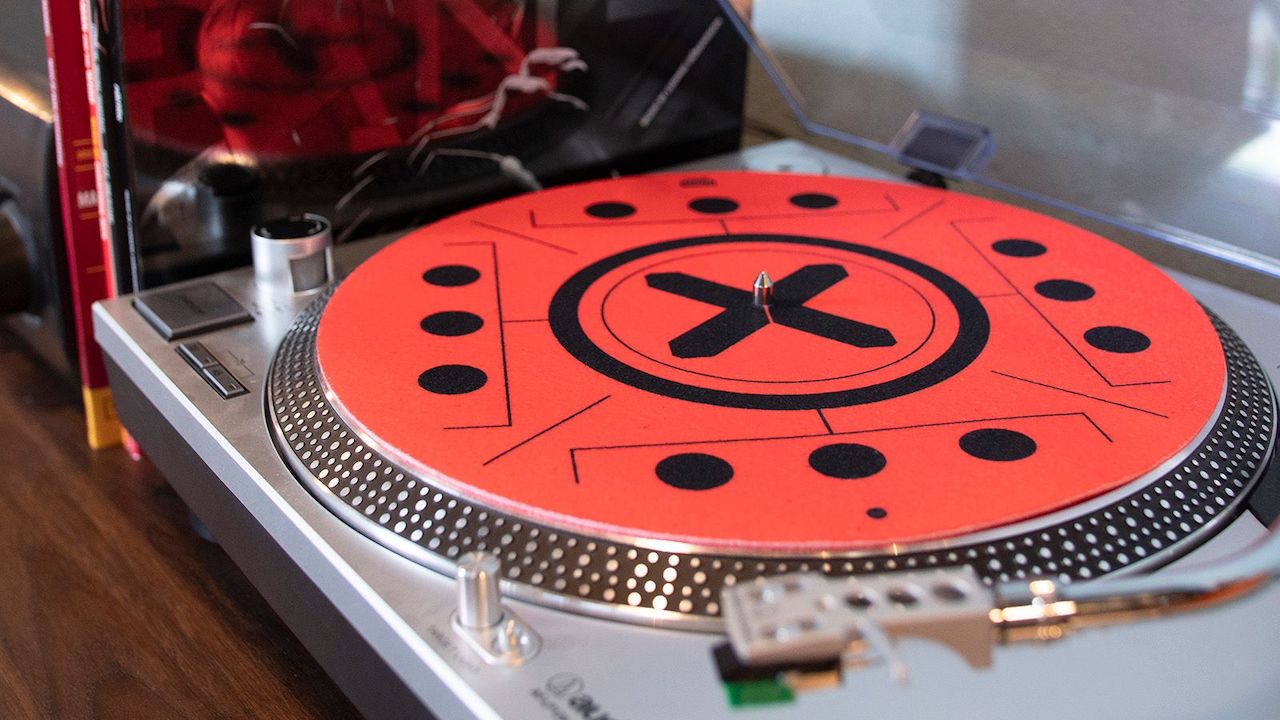
A slipmat is absolutely necessary. It’ll stop the album from sliding around and you won’t have to worry about the platter damaging the vinyl either. They can also bring a fun aesthetic change to your record player.
Obviously, speakers are a must. Which speakers you pick up will definitely depend on your budget, but there are a few decent options there.
But, again, you get what you pay for. Spending a few hundred dollars on a turntable and then plugging it into some cheap, dinky speakers is a bit of a waste.
If your record player doesn’t have a pre-amp built into it, you’ll need one before you connect it to a speaker. This can really balloon your costs, so if you’re working to a budget, you’re probably best grabbing a turntable with a built-in pre-amp.
A good cleaning kit will also help to prolong the life of your player and your records.
The location of your record player is also important. Make sure it’s sitting on something sturdy, preferably in an area where there aren’t a lot of vibrations, as those vibrations will affect the playback quality of your vinyl.
Do you need to replace turntable parts?
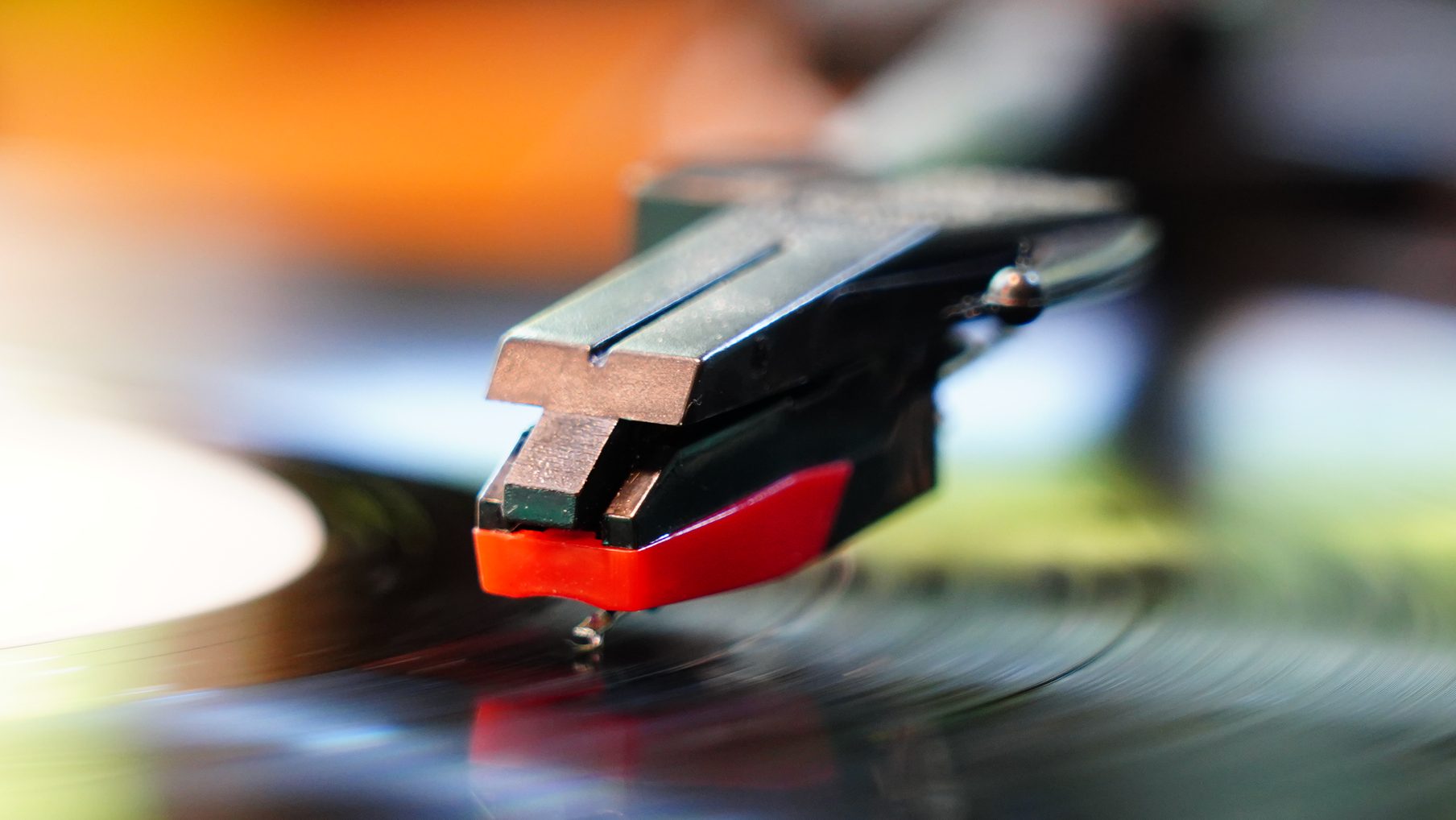
Yes, as certain parts will wear out over time – especially the needle. However, this does depend on how regularly you use your record player. The more frequently you listen to music, the faster you’ll need to replace the needle or belt drive.
It’s recommended that most entry and mid-level needles should be changed every 300 hours of play, or at least once a year.
The good news is that most audio brands sell replacement parts specifically designed for their record players. So if you grab the AT-LP60XBT and wear down your needle or belt, you can grab a new one from Audio Technica.
Is there a correct way to play vinyl?
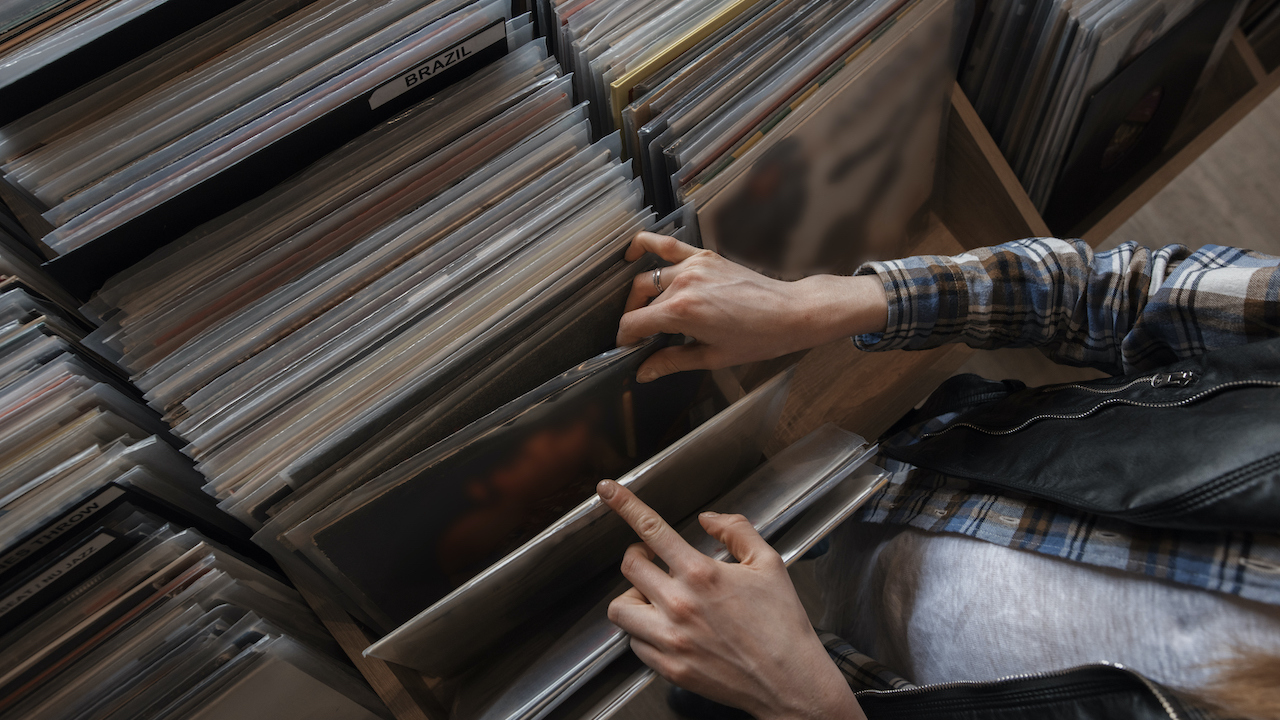
Absolutely. Record players work by tracking a needle through the various grooves etched into the vinyl. If those grooves aren’t clear or are warped in any way, this can result in the needle being damaged, which in turn can scratch up your favourite album.
The easiest way to avoid this is to never touch the grooves of a record. You’ll put pressure on the grooves, along with whatever gunk is on your fingers. When you pull the LP out of its sleeve, make sure you’re only touching the edges.
If you leave a vinyl out uncovered, make sure you give it a wipe down before playing it or putting it away, as the grooves will now have dust in them.
And if you don’t want to listen to us, then take Henry Rollins’ advice in this short video about maintaining your records:
